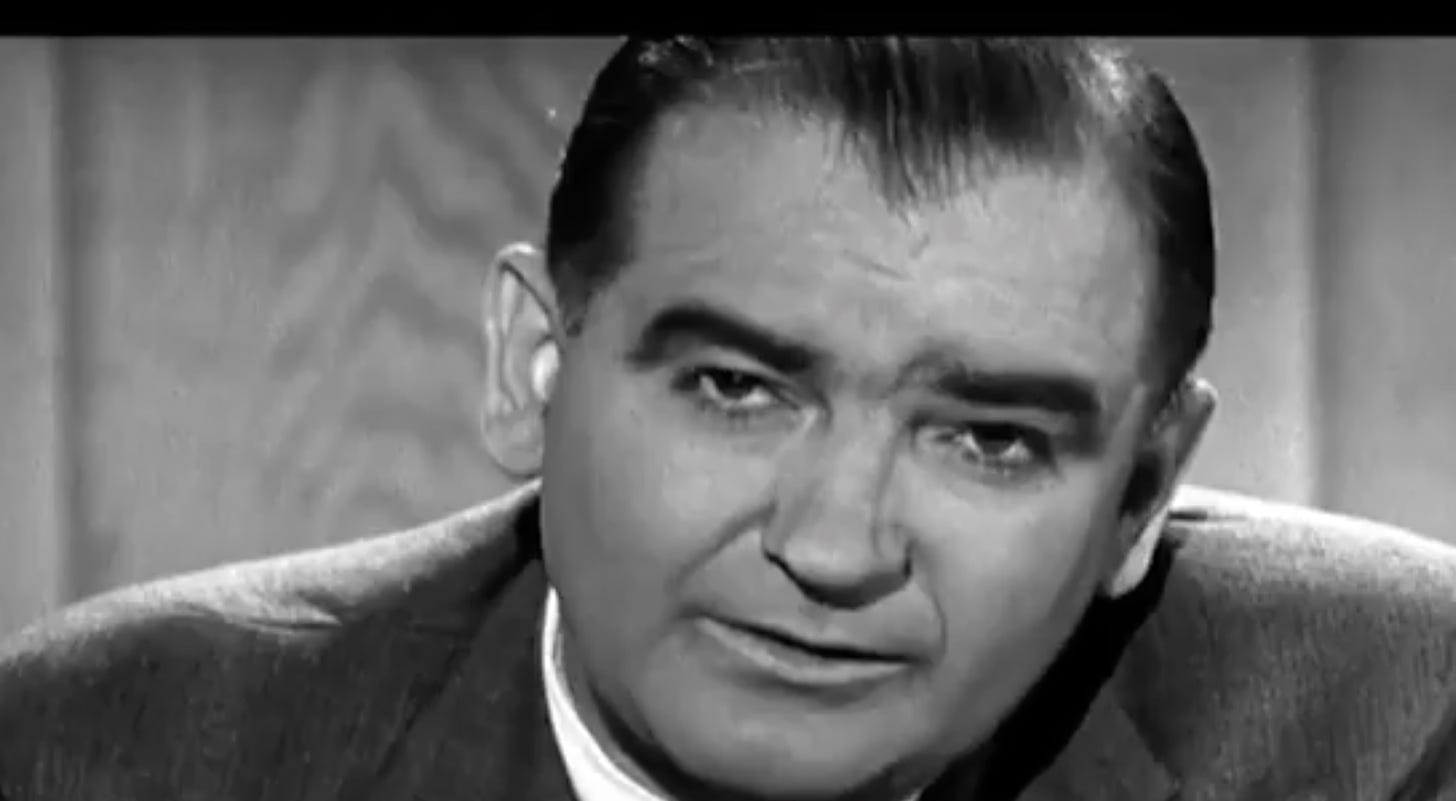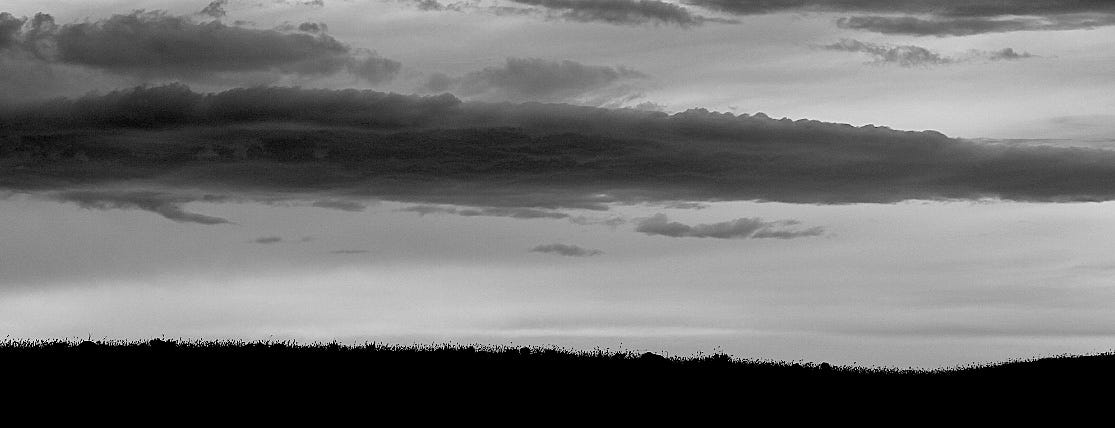Rising tide at Ruby Beach, Olympic National Park
A broken window and a scorch of shame
The lie I best remember came when I was nine. It was shortly after the Tonight Show episode in which Ed Ames (who played “Mingo” on The Daniel Boone TV show) demonstrated the tomahawk toss by throwing at a male effigy target. The blade implanted just below the belt. It became comedic gold for Johnny Carson. You can google it.
I didn’t have access to a hatchet (thank god). But I did have access to a large screwdriver. I set up a piece of plywood in the relative seclusion of the backyard and started throwing. One of my first throws missed high; the screwdriver shattering my bedroom window. But that was just my first mistake. I decided to be proactive and report the damage. But it was not a confession. Instead, I uneasily proposed that a transient vandal was perhaps to blame. My sisters laughed derisively. My father didn’t buy it for a second.
He sentenced me to a week without my bike and without football. That stung, as did having to confess the lie to a priest at St. Mary’s. But it’s my dad’s disappointment and the scorch of the shame that stuck with me. I don’t have words to describe it. It was undiluted misery.
There are reasons why religions appeal for honesty and condemn false witness. Truth lights a path toward divinity; lies mark the trail toward perdition. I don’t mean to include the awkward or graceful white lies we all tell to avoid hurting others’ feelings. I mean the cold-hearted lies, the ones we tell to hurt others or to exculpate ourselves or others from wrong-doing. I understand that people often back into lies (as I did when I was 9) out of fear and desperation. I get that. What I don’t get is lying as a blueprint, as a business practice, or as an expected deference to appease the overlords. Who can you trust when you can’t even trust yourself? That I just don’t get.
But perhaps Steve Bannon does.
A floodscape of lies
Bannon was in the news last week because he was sentenced to four months in a federal prison from contempt of Congress. Further trials await. But in 2016 and early 2017 he was a chief advisor to Donald Trump. He later explained the Trump/MAGA formula to writer Michael Lewis: “The Democrats don’t matter,” he said. “The real opposition is the media. And the way to deal with them is to flood the zone with shit.”
“Flood the zone with shit” is just a crude term of art for deliberately sowing chaos through deception.
It also spots a weakness that haunts journalists. In our coverage of partisan politics we try to avoid becoming part of the story. Not only is it easier if we follow the “he said-she said” model of balance, but it allows us to quickly check the box, so to speak, on our ethical obligations to demonstrate impartiality.
This rubric quickly unravels when one or both sides are acting in bad faith, and that’s what Bannon was confidently admitting to Lewis. A high profile figure like Trump can easily manipulate the press (and public opinion) simply by making charges or promises that can’t easily be disproven.
Prior to partnering with Bannon, Trump had already offered up the classic “flood the zone with shit” story—the so-called “birtherism” conspiracy that President Barack Obama’s Hawaiian birth certificate was a forgery—insinuating the nation’s first African-American President lacked legitimacy. Trump began pushing this baseless smear in 2011. It was his on-ramp to winning the Republican nomination five years later. By the time he conceded, in 2016, that Obama was born in the U.S. an NBC news survey found that over 70% of registered Republican voters expressed doubts about Obama’s birthplace.
There was a time, not that long ago, when a bright shining lie like birtherism would be fatal to a political career. But the lie cost Trump nothing. Nothing.
There is a lineage and a progression to this that should inform and edify, because of the pace at which lies can overrun and trample the truth. Trump’s mentor in the dark arts of life and politics (the two met in 1973) was Roy Cohn. By then, Cohn was something of a historic figure, dating back to the 1950s, when he prominently aided Sen. Joe McCarthy, an alcoholic who gained considerable power and attention with bogus accusations that American culture and even its military were deeply infected with communists. It was McCarthy and Cohn’s ruthlessness that CBS’s Edward R. Murrow confronted in March 1954 with a head-on exposé of their tactics.
Sen. Joseph McCarthy during the height of his red scare
In retrospect, the hour-long program was the beginning of the end for McCarthy. He was censured by the Senate the following year. He died in 1957 but Cohn lived, and assisted Trump, until he passed in 1986.
The Murrow-McCarthy confrontation became the basis for the 2005 film Good Night and Good Luck, a reference to the signature sign-off for Murrow’s See It Now award-winning documentary series. As Good Night and Good Luck recounted, there was genuine tension and anxiety within CBS about airing the program given the power McCarthy (with Cohn’s help) wielded at the time.
Murrow went to college at Washington state and the school commemorates that connection with an annual symposium. When I graduated from WSU in 1979 I was honored with an invitation to have dinner with Murrow’s widow, Janet. By then, Murrow’s legacy was in ink and brick, a monument to the First Amendment, to the vitality of speaking truth to power. In my world, having dinner with Janet Murrow was akin to having dinner with Eleanor Roosevelt.
The role of journalism in exposing the Watergate scandal was a corroboration of Murrow’s legacy, in part because CBS was the first television network to use prime time programming to validate the essence of Woodward and Bernstein’s investigations at the Washington Post. As I was starting my career as a reporter I sensed the wind was at our backs, not just for journalists but for all of us invested in a democracy enlivened by human engagement and rooted in commonly observed, shared realities.
I don’t feel that way now. The wind is still, as it can be before a tempest.
To continue reading, please support The Daily Rhubarb with a paid subscription at the link below—-tjc








